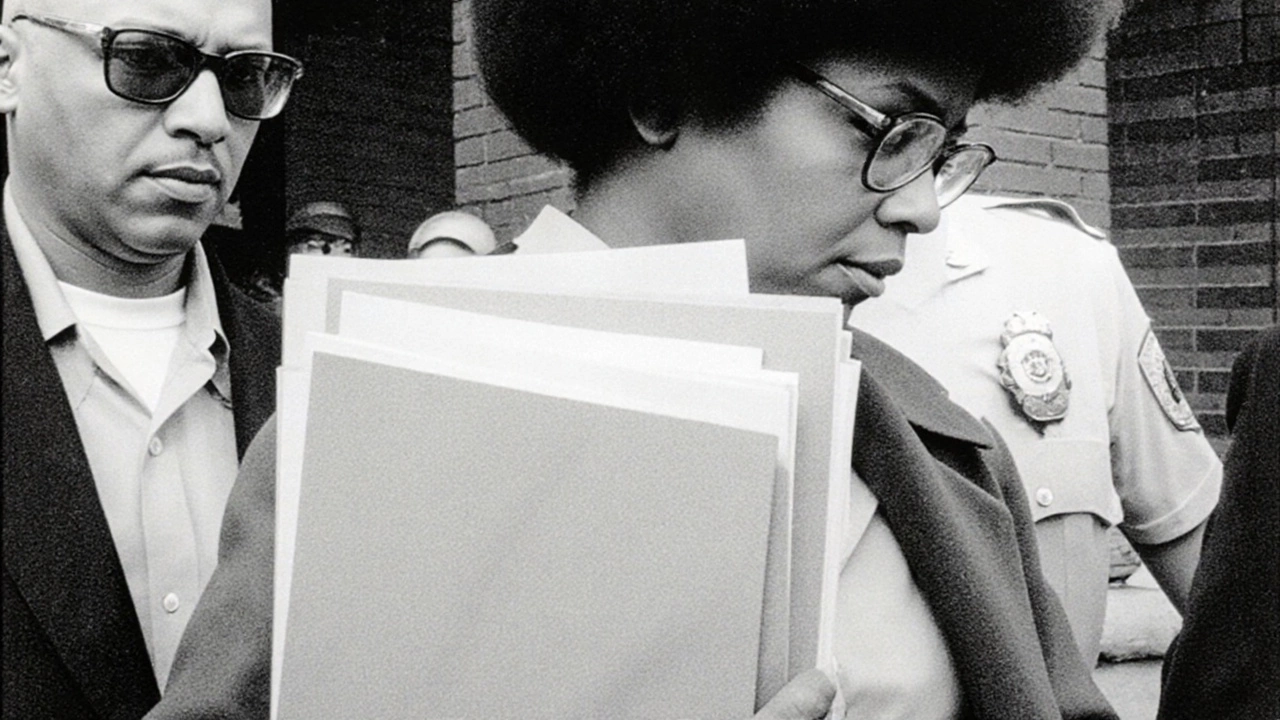Cuba and Its Role in Global Motorsports
When talking about Cuba, the Caribbean island known for its vibrant culture, classic cars, and growing interest in high‑speed competition, you also hear about its budding motorsport community. Also called La Isla de la Juventud, Cuba is starting to host grassroots races that echo the excitement of world‑class series. These local events need proper tracks, safety gear, and a fan base hungry for speed, which creates a natural bridge to larger racing worlds.
Key Motorsports Topics Linked to Cuba
The island’s racing ambition ties directly to MotoGP, the premier class of motorcycle Grand Prix racing. Riders from nearby Latin American countries often use Cuban circuits for training, and the slipstreaming techniques honed in MotoGP races are becoming a staple in Cuban motorcycle clubs. At the same time, Formula One, the top tier of single‑seater auto racing sparks interest among Cuban engineers who study its aerodynamics and fuel‑efficiency breakthroughs. Although Cuba has not yet hosted a Grand Prix, the sport’s influence pushes local teams to adopt F1‑style data analysis and pit‑stop discipline.
Another pillar supporting Cuba’s motor frenzy is auto racing, the broad category that includes everything from touring cars to endurance series. The island’s classic American cars, already a tourist magnet, are now being retro‑fitted for track days, giving drivers hands‑on experience with vehicle dynamics. This hands‑on culture fuels the growth of homegrown racing teams, organized groups that manage drivers, mechanics, and sponsorship. These teams work to secure sponsorships from local businesses and abroad, creating a financial ecosystem that mirrors the professional setups seen in Europe and North America.
Understanding how these entities interact paints a clear picture: Cuba encompasses a rising motorsport scene, requires advanced training methods like slipstreaming, and benefits from the technological spillover of MotoGP and Formula One. In turn, the development of racing teams feeds back into the national interest, pulling more fans to track events and encouraging the government to improve infrastructure. As the island’s tracks evolve, eco‑friendly fuel research inspired by F1’s hybrid engines also begins to appear, showing that high‑performance racing can drive broader sustainability goals.
Below you’ll find a curated selection of articles that dive deeper into each of these connections—how Cuban riders adopt MotoGP tactics, the influence of Formula One engineering on local car builds, the rise of auto racing clubs, and practical steps for launching a successful racing team on the island. Whether you’re a fan, a budding driver, or an industry insider, the pieces ahead give you concrete insight into Cuba’s accelerating journey in the world of motorsports.

Assata Shakur, Former Black Liberation Army Fugitive, Dies in Cuba at 78
Sep, 27 2025